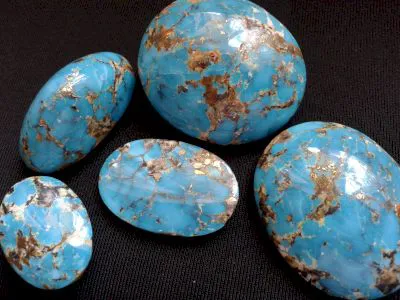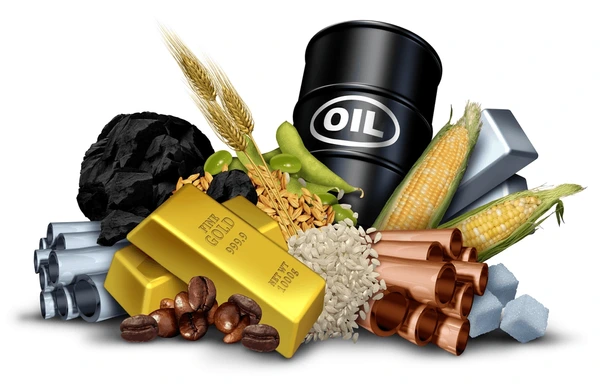Turquoise trade in United States - Exporting Turquoise to United States
- Anbar Asia
- Trade with United States
- United States's Gemstones market
- Turquoise trade in United States
- United States
 ProfileSulfuric Acid
ProfileSulfuric Acid - United States
 ProfileRuby
ProfileRuby - United States
 ProfileSand, Spices
ProfileSand, Spices - United States
 ProfilePaint, Nuts, Spices
ProfilePaint, Nuts, Spices - United States
 ProfileTurquoise, Agate, Diamond, Lapis Lazuli, Amber, Topaz, Emerald, Jade, Charoite, Spinel, Chrysocolla, Pearl, Meteorite, Tanzanite
ProfileTurquoise, Agate, Diamond, Lapis Lazuli, Amber, Topaz, Emerald, Jade, Charoite, Spinel, Chrysocolla, Pearl, Meteorite, Tanzanite - United States
 ProfileEthylene, Polybutadiene, Polypropylene, Styrene Butadiene Rubber, Acrylonitrile Butadiene Styrene
ProfileEthylene, Polybutadiene, Polypropylene, Styrene Butadiene Rubber, Acrylonitrile Butadiene Styrene - United States
 ProfileRuby
ProfileRuby



 عباس بازاری2 months ago
عباس بازاری2 months ago ProfileSulfuric Acid
ProfileSulfuric Acid Hussein7 months ago
Hussein7 months ago ProfileRuby
ProfileRuby Michael Murphy10 months ago
Michael Murphy10 months ago ProfileSand, Spices
ProfileSand, Spices Mohamed T13 months ago
Mohamed T13 months ago ProfilePaint, Nuts, Spices
ProfilePaint, Nuts, Spices Khalid Abdurahaman20 months ago
Khalid Abdurahaman20 months ago ProfileTurquoise, Agate, Diamond, Lapis Lazuli, Amber, Topaz, Emerald, Jade, Charoite, Spinel, Chrysocolla, Pearl, Meteorite, Tanzanite
ProfileTurquoise, Agate, Diamond, Lapis Lazuli, Amber, Topaz, Emerald, Jade, Charoite, Spinel, Chrysocolla, Pearl, Meteorite, Tanzanite تمام کشورها20 months ago
تمام کشورها20 months ago ProfileEthylene, Polybutadiene, Polypropylene, Styrene Butadiene Rubber, Acrylonitrile Butadiene Styrene
ProfileEthylene, Polybutadiene, Polypropylene, Styrene Butadiene Rubber, Acrylonitrile Butadiene Styrene Stanley Barnes, NP24 months ago
Stanley Barnes, NP24 months ago ProfileRuby
ProfileRuby


